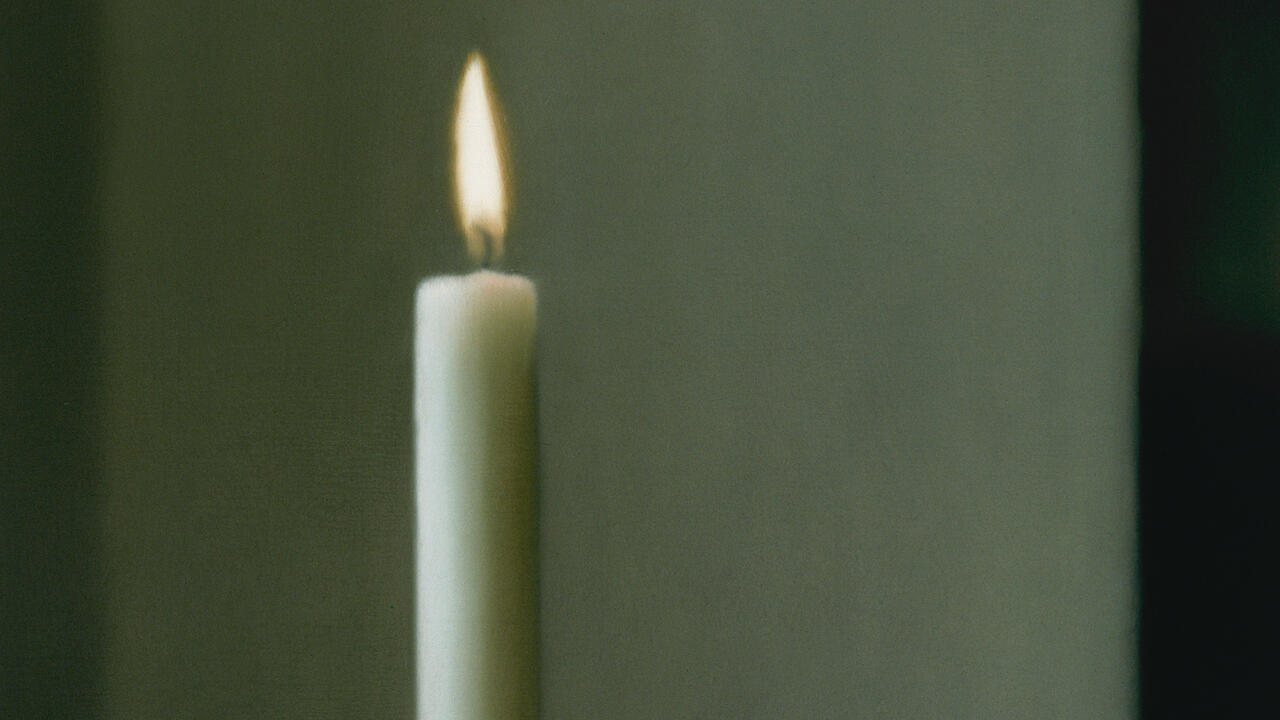Werner Feiersinger
Raum Aktueller Kunst, Vienna, Austria
Raum Aktueller Kunst, Vienna, Austria

In a 1963 review Donald Judd wrote of Anne Truitt's sculptures that they 'looked serious without being so'. Today this may seem like a compliment, but it wasn't meant as one. Some of Truitt's pieces resemble garden fences and headstones, and Judd, in the process of defining his Minimalist dogma, dismissed mimetic allusion to functional objects. While embracing industrial processes of production, it seemed 'dangerous' to allude to actual things: this seemed to play into the hands of those who considered Minimal art merely 'good design', as Clement Greenberg once put it.
The sober orthodoxy of Minimalism may still impress, but more prevalent today is work that does connect with the everyday world - work by artists such as Truitt or Richard Artschwager. This is sculpture that falls between Minimal and Pop, the missing link between the plain boxes of Tony Smith or Robert Morris on the one hand and Andy Warhol's Brillo Box (1964) on the other. Neither abstract geometric fabrication nor replica of a consumer product but something in-between, they come from that blurred area where structure meets surface, production meets consumption, and economy rubs up against media - to produce more friction than frisson.
Werner Feiersinger's sculptures from the early 1990s onwards are riddled with such friction. Like the smart bomb in John Carpenter's Dark Star (1973), they seem to have been fed with contradictory information as to what purpose they might serve, to be uncertain whether to stay still or explode. In the first room of the gallery was a massive, ostensibly very heavy (even if clearly not actually attached to the floor), opaque and uniformly grey steel object, Untitled (1998-2001). Its sunken polyhedron form superficially recalled a Buckminster Fuller, Tony Smith or Carl Andre. Although obviously non-representational, it would be too simple to see such a work in terms of pure geometry. Sturdily occupying the otherwise empty space, it seemed to flicker wildly with myriad illusions: one moment it recalled a mountain range, the next a robot worm about to rear its head, or a piece of garden furniture. Yet its 'inner life' remained mysterious: like the ghostly silence of blankets laid over furniture in a deserted apartment, all that was visible was a shape, an outline.
The work in the adjoining space tipped the deliberately vacillating nature of Feiersinger's sculptures over into the Surreal: in passing, you could have mistaken it for a slightly over-sized toolbox left by an anal-retentive Playmobil craftsman (Untitled, 2001). Empty and with no sign of having been used, or even of having bolts and joints to hold it together, it seemed to be waiting to be filled with tools. However, the lower part of the work looked like a line of suburban garages, making the handle of the supposed toolbox a simple roof truss. In a kind of picture puzzle the piece combined workshop prop and architectural model in an impeccable, irritating continuum.
It takes a lot of irony to invest so much energy into making unique handmade objects look like pristine industrial products. As a group of earlier pieces in the upstairs space indicated, Feiersinger is aware of the irony and exploits it to the full. Two identical polished steel constructions (Untitled, 2000) put one in mind of the kind of trolley used to transport beer barrels or fridges - except that they didn't have wheels and came with a flawless silvery surface. Ohne Titel (Alter Mann) (Untitled, Old Man, 1994) pulls the opposite way. Instead of suggesting an everyday object, it looks like some monolithic embodiment of Modernity, but the Modernist idea of timelessness is ridiculed by the steel bracket attached to an upright polyester solid, as if to keep it from falling over - universalism mocked by a piece of pure Franz West-like slapstick. In the best possible sense Feiersinger's pieces 'look serious without being so'.
























